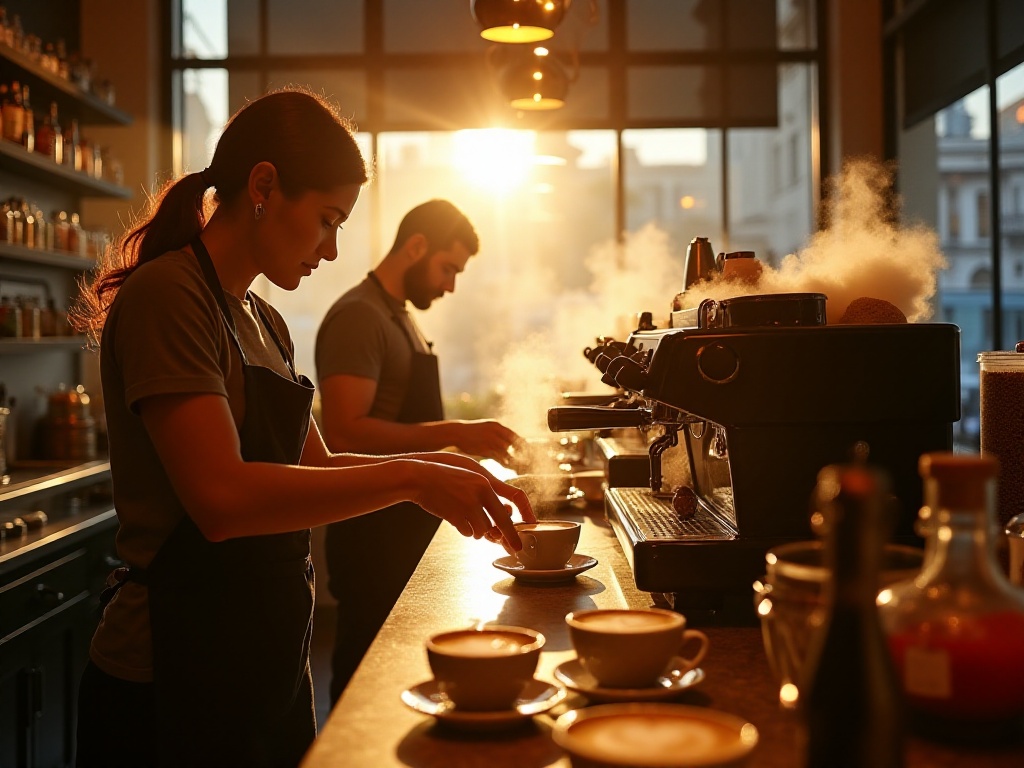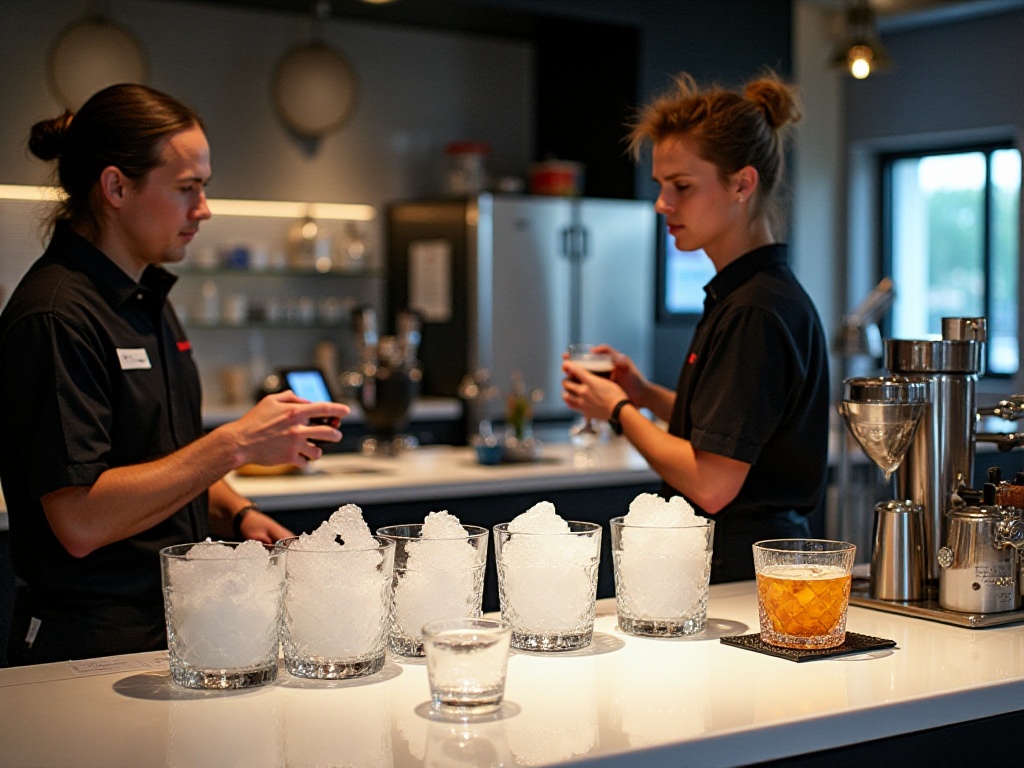
Introduction
As someone who has been passionate about mixology since college, I've been deeply drawn to this art form. I still remember my first attempt at making a cocktail at home - a whiskey soda using regular small ice cubes. Within ten minutes, the drink was completely diluted, and that disappointment stays with me to this day. After countless trials and experimentation, I finally understood the crucial role ice plays in cocktail making. Today, I want to share my years of accumulated experience to help you make professional-quality cocktails at home.
The Magic of Large Ice Cubes
Large ice cubes are truly magical in the cocktail world. I'll never forget my first time watching a bartender in a high-end Tokyo bar use a steel saw to cut large ice cubes on the spot - I was completely amazed. The scene was incredible: the bartender wielding a specialized ice saw, moving with fluid grace, creating a perfect square ice cube in just a few cuts, as clear as a work of art.
Why are large ice cubes so special? It comes down to physics. Large ice cubes have a relatively small surface area to volume ratio, meaning less contact area with the liquid. Simply put, a 2.5-inch large ice cube might have only about 1/6 the surface area of crushed ice of the same volume. This results in much slower melting, keeping your drink at its optimal state for longer.
I once conducted a small experiment: putting equal weights of large and small ice cubes into two identical glasses of whiskey. The drink with small ice cubes became bland after 15 minutes, while the one with large ice cubes maintained its ideal concentration and temperature even after 45 minutes. The difference was truly remarkable!
Large ice cubes aren't just functional - they greatly enhance the visual appeal of drinks. Imagine a perfect square ice cube floating in deep amber whiskey, light refracting through the ice creating enchanting halos in the glass - it's like a work of art. Once when entertaining friends at home, I used specially customized large ice cubes that instantly elevated an ordinary Old Fashioned, leaving my friends amazed.
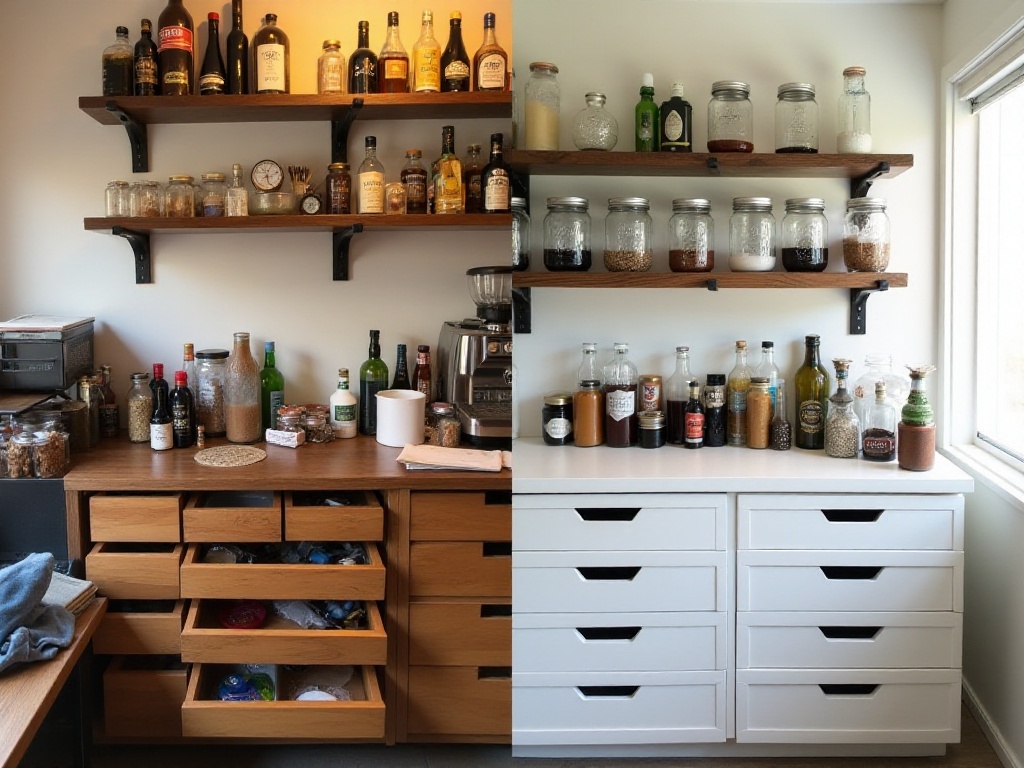
The Unique Properties of Crushed Ice
Crushed ice is the secret weapon for making refreshing summer drinks. Unlike large ice cubes, crushed ice has a large surface area with multiple contact points, allowing it to quickly cool drinks. This is particularly useful when making cocktails that need rapid chilling.
I've experimented with making mojitos using different types of ice. With crushed ice, the mint's fragrance is instantly released, and the rum's spiciness becomes more mellow. Additionally, crushed ice creates special layers of texture in the drink: initially crisp and cool, becoming increasingly smooth as the ice melts.
Speaking of ice, we must mention pellet ice. This special type of ice is particularly popular in the American South and has a texture between crushed ice and regular cubes, making it perfect for classic cocktails like the Mint Julep. What makes pellet ice unique is its ability to cool quickly without melting as rapidly as crushed ice.
I have a pellet ice maker at home, and although it was expensive, I find it worth it every time I make drinks. Especially in hot summer weather, drinks made with pellet ice, whether lemonade or mojitos, have an irreplaceable smooth texture.
The Art of Preparation
Preparation is a science in itself. Now, I start preparing 24 hours before making cocktails. First comes ice preparation - I use filtered water to make clearer, more premium-looking ice. Then I prepare fresh fruits, herbs, and other ingredients.
For example, when making a mojito, I wash and dry mint leaves in advance to preserve their optimal aroma. Lemons and limes are bought ahead and kept at room temperature to yield more juice. For simple syrup, I now use a 1:1 ratio of sugar and water, which provides the perfect concentration - not too sweet while perfectly balancing other ingredients.
Tool preparation is also crucial. Mixing glasses are pre-chilled so the temperature difference won't affect the taste when adding liquor. Measuring cups, shakers, and stirring rods are cleaned and ready to use. I've developed a habit of cleaning tools immediately after use, eliminating the need for last-minute washing.
For ingredient storage, I have my own system. I organize base spirits by frequency of use - frequently used ones like gin and vodka are easily accessible, while special occasion spirits are stored further back. Syrups and other mixers are stored in glass bottles, each labeled with production date and shelf life.
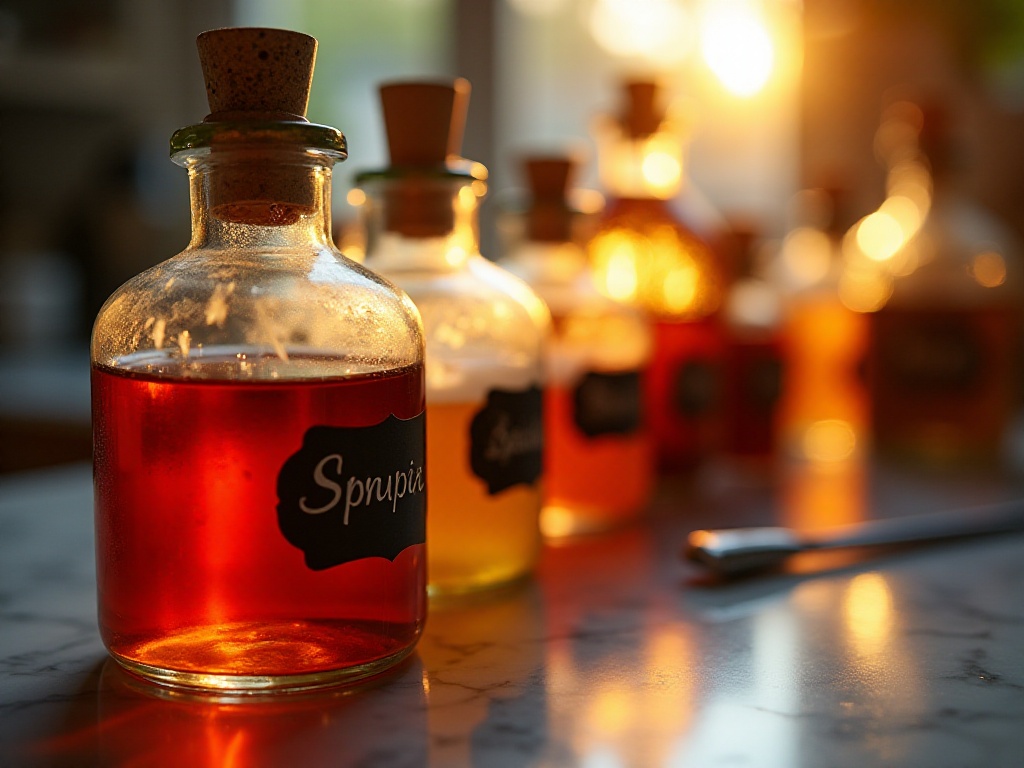
Cleaning Techniques
Though cleaning is tedious, it's an essential part of cocktail making. I follow a "clean as you go" principle, which keeps the workspace tidy and prevents flavor cross-contamination between tools.
For instance, after making cocktails with citrus fruits, tools must be cleaned immediately to prevent citric acid from affecting the next drink's taste. I usually prepare three washing basins: one with mild soapy water for initial cleaning, one with clear water for rinsing, and one with sanitizer to ensure tool hygiene.
For tools that are particularly difficult to clean, like stirring rods with syrup or berry residue, I soak them in warm water for a few minutes first, making cleaning much easier. Citrus juicers must be cleaned immediately to prevent acid from corroding the tool surface.
Workspace cleanliness is also important. I lay down a special bar mat before mixing drinks to make cleaning spills easier. After mixing, I wipe the surface with warm water and dry it with a towel to prevent water marks.
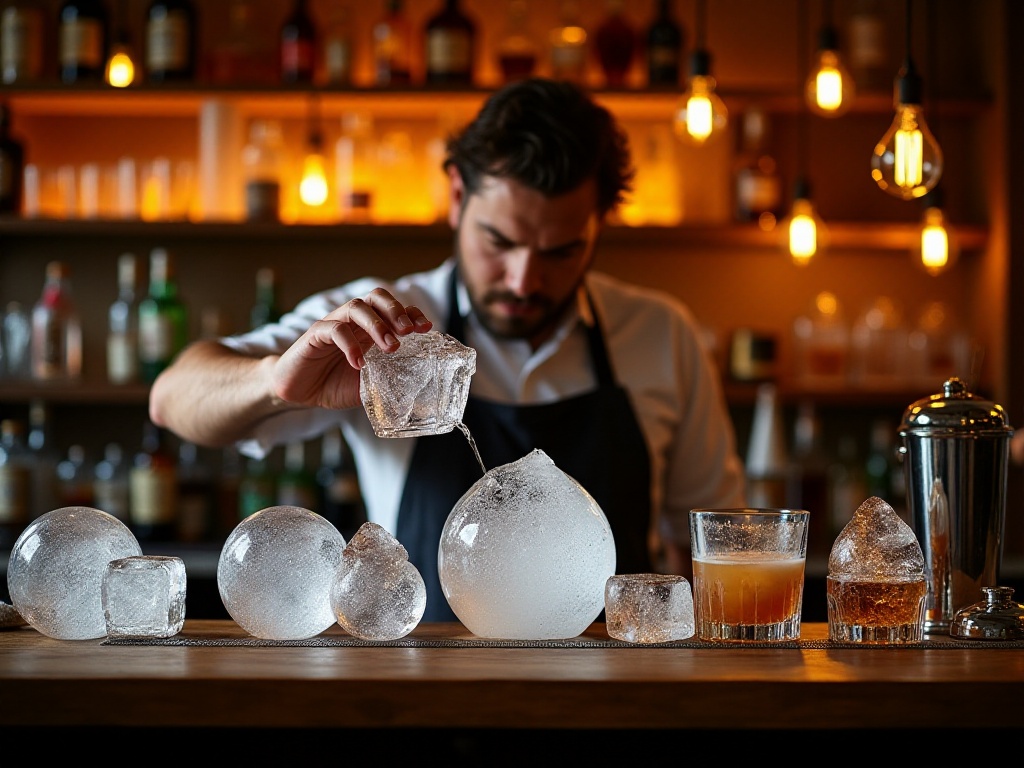
Space Matters
Space management is a crucial factor in successful cocktail making. A well-organized layout not only improves efficiency but also makes the entire process more fluid.
My mixing station is designed according to workflow. The washing area with sink and drying rack is on the left; the preparation area with ingredients and tools is in the middle; and the finished product area for completed cocktails is on the right. This layout allows me to work from left to right, saving time and effort.
Storage space planning is also important. I organize tools by frequency of use: commonly used items like measuring cups and shakers are in easily accessible drawers, while special tools are stored in upper cabinets. I've labeled each drawer for easy access without having to open them to check contents.
I've also designed a "mobile bar" by placing frequently used tools and ingredients on a wheeled cart. This allows me to move the bar to the living room or patio when hosting parties, which is very convenient.
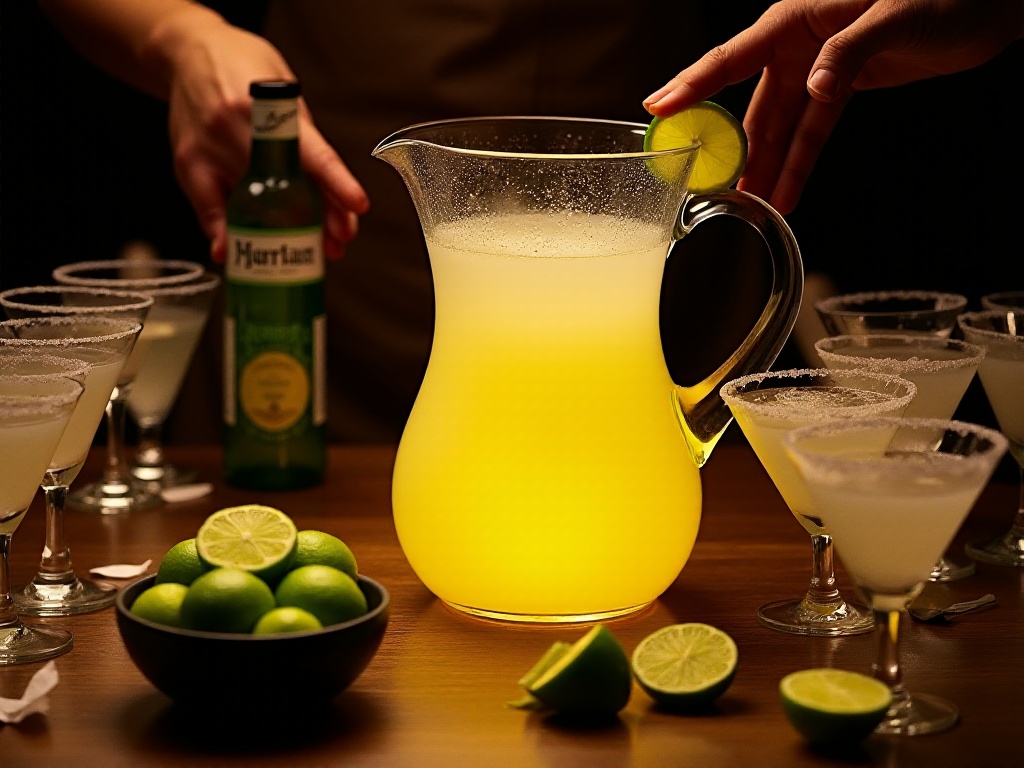
Batch Production is Key
Batch production is an essential skill for hosting parties. I remember hosting a birthday party where I needed to make cocktails for over twenty friends. Making them one by one would have been exhausting and kept friends waiting too long. I found a solution: pre-mixing all base spirits and mixers in the correct proportions and refrigerating them in large containers. When the party started, I just needed to add fresh lemon juice and crushed ice to each glass.
The key to batch production is maintaining proper proportions. I usually use an electronic scale to measure ingredients, ensuring consistent taste across all drinks. Proportions need slight adjustment for batch production since ice melting rates affect the final taste.
For example, when batch-producing mojitos, I: first calculate the total quantity needed, then pre-mix rum, syrup, and mint leaves in proportion. Mint leaves should be gently muddled, not too forcefully to avoid bitterness. After mixing these ingredients, refrigerate them, and when guests arrive, just add fresh lime juice and soda water.
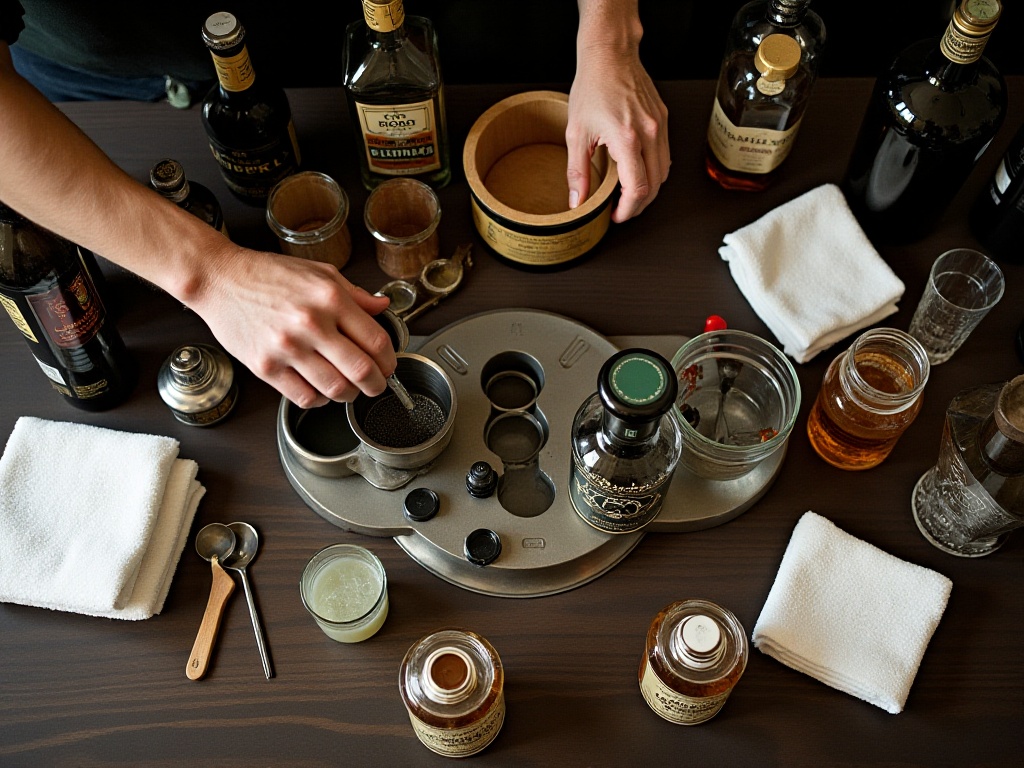
Final Thoughts
Cocktail making is truly an activity that combines both technique and artistry. From choosing appropriate ice to preparation details and space management, every aspect deserves careful study. In this process, we not only create delicious drinks but also experience the joy and satisfaction of mixology.
As I often say, cocktail making is more than just combining ingredients. It's an art requiring patience, focus, and creativity. Each cocktail making session is a new attempt and experience. Through continuous practice and exploration, we can eventually find our own mixing style.
When I first started learning cocktail making, I was obsessed with following recipes exactly. Now I understand that recipes are just references - what's truly important is understanding the characteristics of each ingredient and knowing how to make them harmonize in the glass. Just like large ice cubes and crushed ice each have their uses, the key is using the right method at the right time.
Finally, I want to say that the most important aspect of cocktail making isn't how skilled your technique is or how professional your tools are, but rather putting your heart into every detail and enjoying the process. Because in this process, we're not just creating delicious drinks, we're creating beautiful memories.
Next
Building Your Healthy Lifestyle from Scratch: An Easy Wellness Guide for Lazy People
A comprehensive guide to healthy lifestyle practices covering nutrition management, exercise, and rest, along with detailed beverage manufacturing standards including formula development, raw material management, production processes, and quality control measures
The Ultimate Guide to Being Lazy in the Kitchen: How to Fit an Elephant in the Fridge
A comprehensive guide covering life efficiency enhancement and professional beverage making techniques, including home organization, kitchen optimization, scientific ice application, and essential elements of drink development
I Developed Hundreds of Trending Beverages - Here Are the Essential Preparations You Must Make
A comprehensive guide covering essential aspects of professional beverage making, including market research, recipe development, process control, and operations management to enhance product quality and operational efficiency
Next
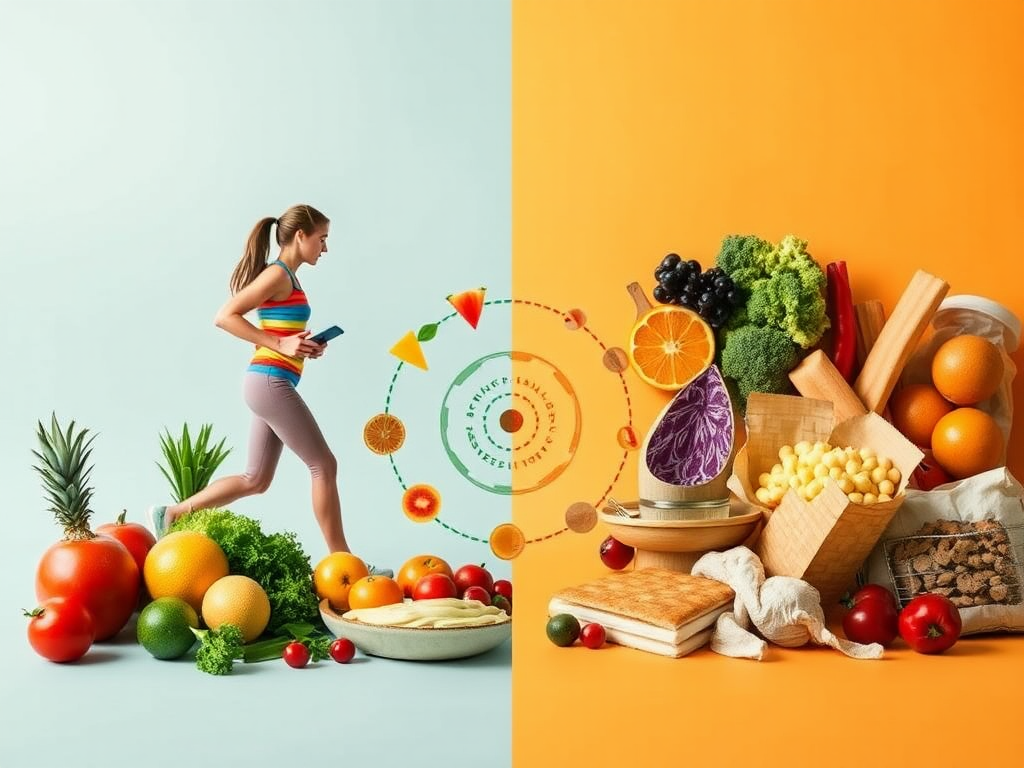
Building Your Healthy Lifestyle from Scratch: An Easy Wellness Guide for Lazy People
A comprehensive guide to healthy lifestyle practices covering nutrition management, exercise, and rest, along with detailed beverage manufacturing standards including formula development, raw material management, production processes, and quality control measures
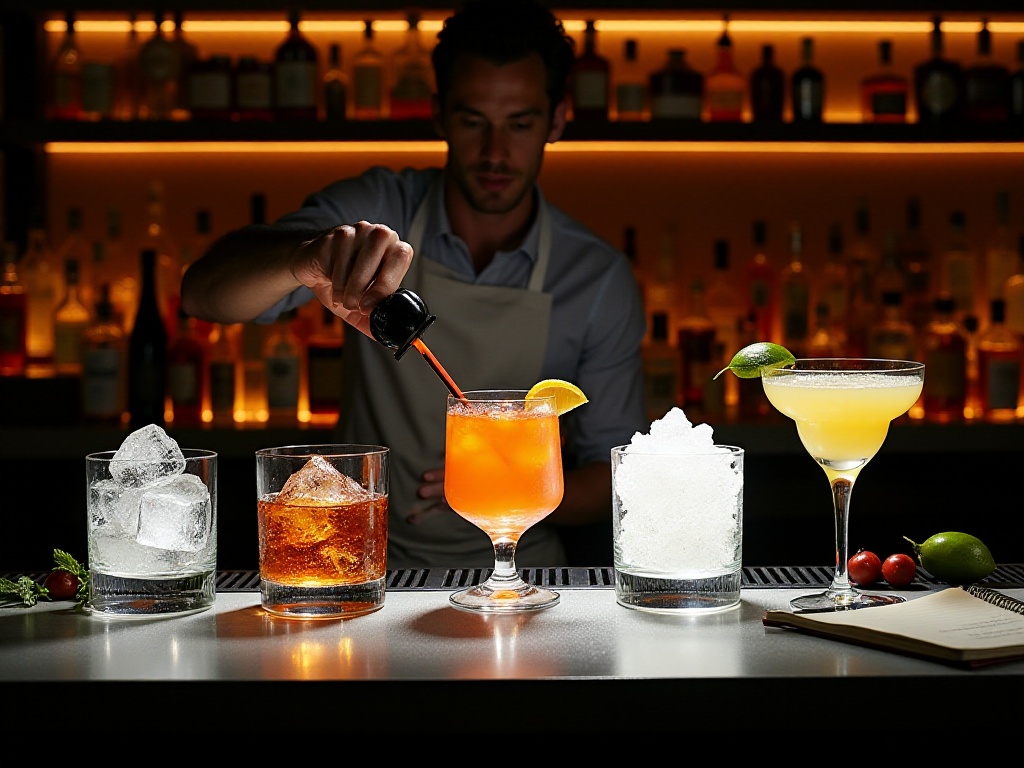
The Ultimate Guide to Being Lazy in the Kitchen: How to Fit an Elephant in the Fridge
A comprehensive guide covering life efficiency enhancement and professional beverage making techniques, including home organization, kitchen optimization, scientific ice application, and essential elements of drink development
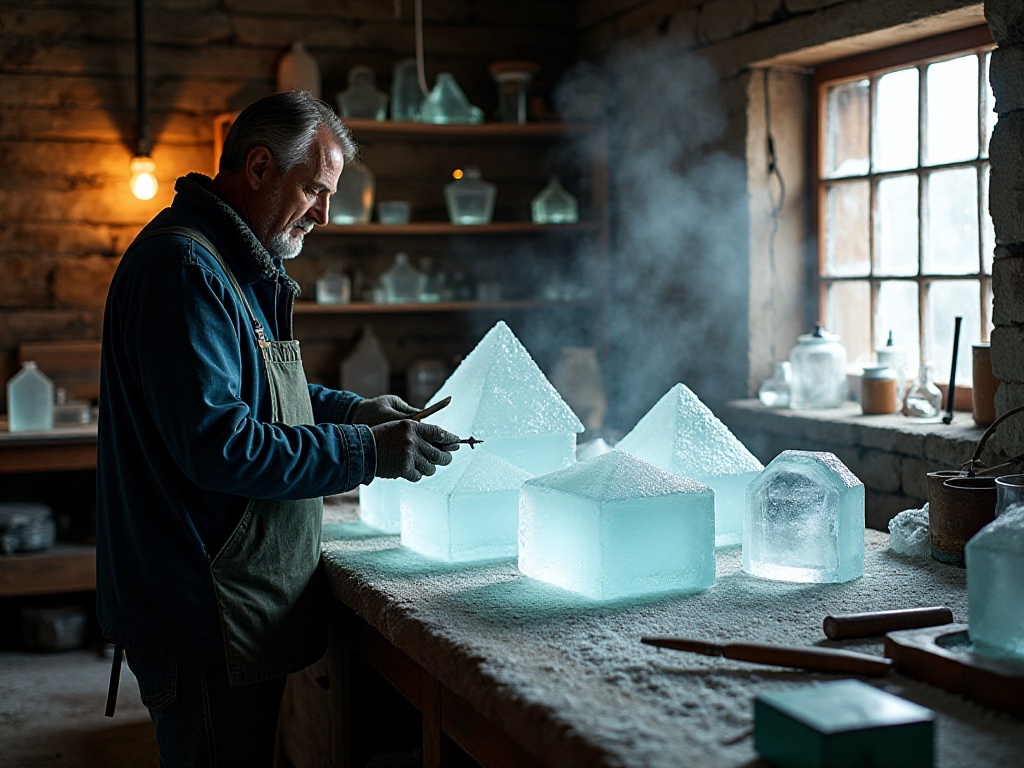
I Developed Hundreds of Trending Beverages - Here Are the Essential Preparations You Must Make
A comprehensive guide covering essential aspects of professional beverage making, including market research, recipe development, process control, and operations management to enhance product quality and operational efficiency

